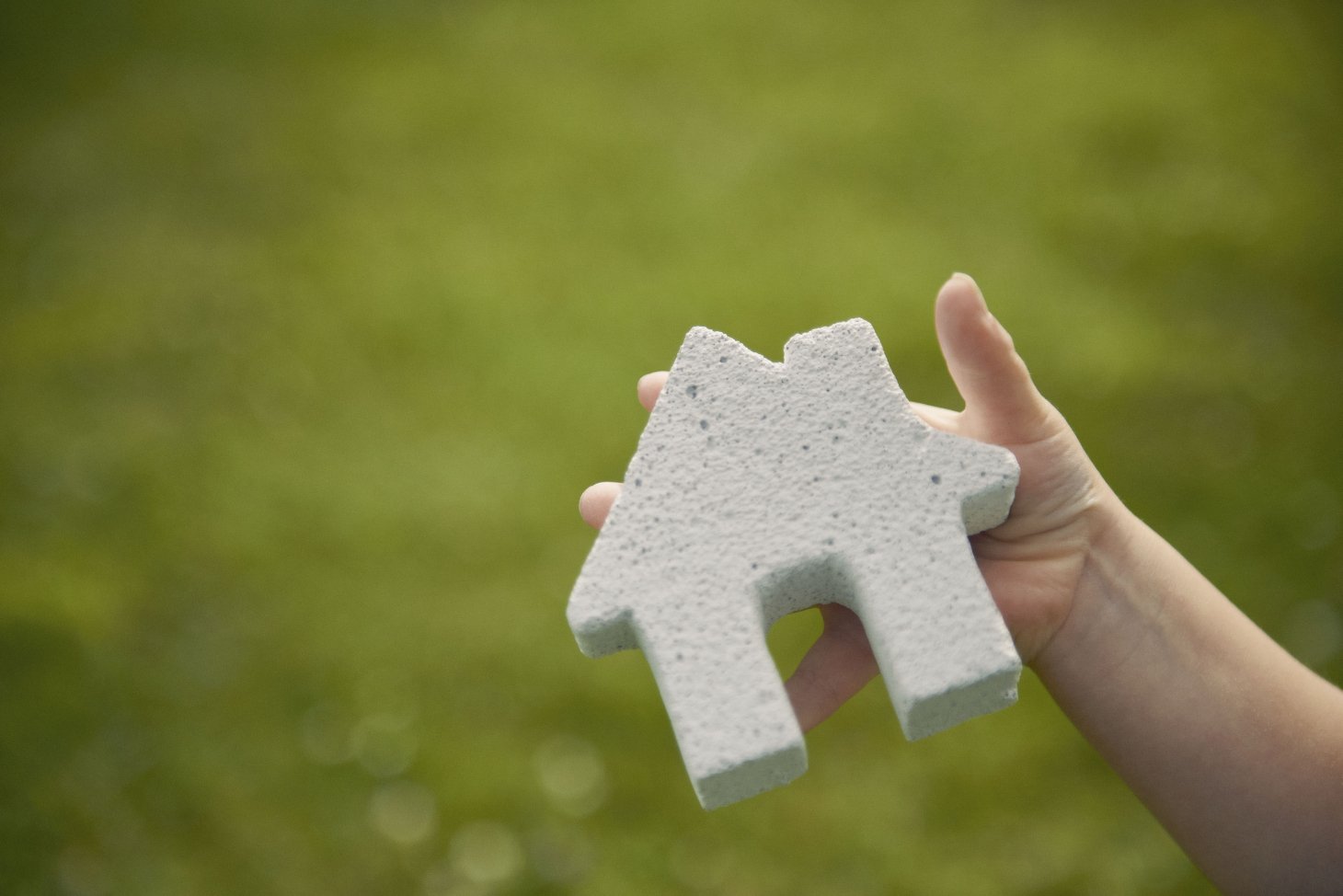
Managing Director Calum Forsyth senses the winds of change for the building industry in 2022
It’s been a long time coming, but I think 2022 will be the year when all businesses focus on sustainability issues as a number one priority. No longer a nice to have or a competitive advantage, but now fundamental for future planning.
As an industry we have to drill down and start to drive real change. This is not something that any one organization can tackle in isolation – it’s a supply chain issue, with the real commercial impetus coming from the investors.
While Governments are clearly in the spotlight in terms of legislation, my own view is that any democratically elected government is going to find it hard to drive through the radical, and potentially uncomfortable, measures that will be necessary to slow climate change.
We’ve seen how policies can change quickly – as with the original zero carbon housing targets that were abandoned to suit a different agenda with new priorities.
This time around, however, it feels more real – perhaps because the evidence of climate change becomes more obvious every year. I sense more commitment and ultimately, if the investors demand change, then change will come.
Being part of a supply chain
As a manufacturer we are right in the middle of the supply chain. We have an absolute responsibility to focus on our own processes: manufacturing products that make a positive contribution to the performance of finished buildings and driving out the carbon emissions associated with our activities.
H+H has a robust timetable mapped out to eliminate our net carbon emissions. It’s hugely challenging and, like any other business, we needed to be convinced of the commercial necessity as well as the moral imperative to decarbonize our manufacturing.
To achieve a zero carbon product, however, we need to work with our suppliers. The vast majority of the embodied carbon in an aircrete block comes not from our own manufacturing, but from the production of the cement, lime and aluminium oxide we use.
Facing the costs
All of those industries are on the same development curve as ourselves: innovating, experimenting and devising new methods to reduce their emissions. It’s not easy and it is not cost neutral. The scale of investment required to redesign manufacturing is a commercial reality that needs to be faced.
In our view there is no benefit in abandoning long-term supply partners to chase lower initial prices elsewhere. Provided there is a rational argument for the investment costs then the positive approach is to work with suppliers, recognizing that we all share a common goal.
Investing in more sustainable processes is only one among many issues driving up materials costs. Personally I have never seen costs rise as fast as they have in the last six months. Global demand, labour shortages, transport problems and fuel costs are combining to drive inflation and it’s difficult to see this upward trend reversing for a while.
2022 market outlook
If the economists are right, and the current 5% inflation rate is a short-term peak then I don’t see it having a significant impact on the housing market. However, if that rate becomes embedded in the economy or even rises further, then the knock-on effect on consumer confidence, combined with the potential for rising interest rates, could start to change the forecasts.
What we are hearing from our customers now suggests that there is every reason to be confident of sustained buoyancy for at least the first half of the year. Consumers have savings and are looking to move or improve. Interest rates remain low and forward sales are strong.
Most positive of all is the gradually reducing significance of Help to Buy. This scheme has been hugely important for driving the housebuilding sector and there has been considerable apprehension about its ending in 2023.
However, most major housebuilders are already reporting a decline in the percentage of their sales reliant on the scheme and the ending of the stamp duty holiday also seems to have had a relatively small impact on demand.
With the cost of new homes being so high relative to earnings, raising a deposit remains a challenge, particularly for first-time buyers.
The Government’s Mortgage Guarantee Scheme, launched in 2021 and effectively allowing for 95% mortgages, was welcomed by the lenders. However, given that Help to Buy was aimed squarely at new build it was perhaps not so surprising that lenders have chosen to focus this newest scheme on the second-hand market.
All credit to the housebuilders for acting quickly and coming up with their own Deposit Unlock scheme. Organised through the Housebuilders Federation and involving major housebuilders and lenders, the scheme provides the same option for 95% mortgages on new homes.
The immediate and the important
In the midst of much uncertainty around pandemics, lockdowns and economic performance, there are always the day-to-day challenges of meeting immediate business objectives. It is these topical concerns that generally grab the headlines and fill the news pages, and our own news agenda is no different.
What is new, I think, is the growing awareness that whatever the short-term market drivers, whatever economic volatility lies ahead, we cannot and should not ignore the fact that sustainability – in all of its various definitions – will increasingly be the first priority for any business looking to its own future.